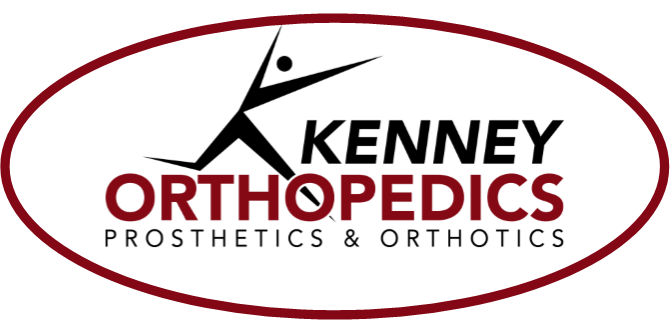Pediatric orthotic and prosthetic practice combines creativity with expert knowledge of anatomy and biomechanics to create custom solutions unique to each patient. Our practitioners are compassionate and promote advocacy for their patients and their families.
When our pediatric patients leave our offices we want them to know how their new orthosis or prosthesis will help them to run, jump, climb, and play rather than limiting their lifestyle. We strive to explore the capabilities the child will gain in a fun and interactive way. This can help to answer questions and ease fears to make getting used to a new device easier.
Our team is always willing to come up with "out of the box" solutions to unique presentations. We take pride in our relationship with the other members of the child's healthcare team and believe that consistent and open communication leads to optimal results.
Who We Are
John "Mo" Kenney began his exploration of prosthetics and orthotics by accident, literally. At 7 years old, his leg was amputated due to a hit and run accident.
The experience of going to his prosthetist fascinated him. From there he was spring boarded into building his company to be a place where practitioners used their knowledge, personality, and creativity to design solutions so that their patients could achieve their greatest potential.
Since Kenney Orthopedics was founded in 2001, we have grown to multiple offices with a team of practitioners and staff who share a common drive to work collectively to design not only the best prosthesis or orthosis for each patient but also an experience that leads to lasting and trusting relationships.
Each of our offices strives to be a resource to our patients, family members, and healthcare providers. We want each family to leave knowing that they have a team behind them to support their child as they grow and change.
SMOs & AFOs
Indications
- Pronation
- Low muscle tone
- Developmental or gross motor skill delay
- Toe-walking
- Multi-plane instability
- And so much more
When we measure or cast a child for SMOs or an AFO, we create a device made just for them and their needs. Sometimes all our pediatric patients need is a little help to encourage better alignment and mobility of their feet and ankles.
For kids with more complicated presentations, we work with their whole healthcare team to ensure that we understand what the goals are. We can brace just about anyone and enjoy the process of working with the family to make a brace so that the child can attain their goals. We have the ability to tune the AFOs by using the AFO and shoe combination to better position the patient’s foot in midstance.
There are many ways to customize each device from trim lines and straps, to colors and patterns. The devices are not only functional, but the design process starts with the child as they select these elements.
Cranial Remolding Helmets
Indications
- Plagiocephaly (unilateral flattening)
- Brachycephaly (bilateral flattening)
- Scaphocephaly
- Other cranial asymmetries
With the advent of the "back to sleep" movement, babies are spending more time on their backs. As a result, we have begun to see more children with cranial asymmetry. While this asymmetry can be cosmetic, extreme cases can lead to jaw misalignment or ear problems during development.
Before we fit a baby with a helmet we ensure that repositioning techniques and possibly physical therapy have been pursued. In many cases we find that repositioning helps to resolve flattening without use of a helmet, we can track a baby’s growth as the family tries repositioning. If they have, but have not been successful we know that it is more likely that the flatness will not improve on its own and will need our help!
A custom cranial remolding orthosis encourages growth of the head in regions that are flat while holding the prominent areas to let the rest "catch up". The best time to treat a baby is 3-8 months of age so early diagnosis and treatment with a helmet is key to success.
TLSOs & Scoliosis
Indications
- Difficulty with positioning in a wheelchair
- Postural instabilities
- Adolescent idiopathic scoliosis
When children need assistance maintaining their trunk posture a TLSO (Thoraco Lumbar Sacral Orthosis) can be a useful tool. It allows slight motion in all planes but provides stability through its circumferential pressure. The TLSO can be made to accommodate any other medical devices such as g-tubes.
Children who have adolescent idiopathic scoliosis can be treated with a scoliosis brace that is used to provide curve correction. The practitioner will utilize x-ray images to determine where to place the corrective pads and have the device fabricated specifically for the patient's curve and presentation.
Scoliosis is a curve greater than 10 degrees and can be idiopathic, neuromuscular or congenital. Bracing begins at a curve magnitude of 20-25 degrees at the referral of a physician, and surgery is indicated at a curve magnitude of 40 degrees at the discretion of a physician. Early referral to an orthotist can be beneficial so that we can watch the patient’s growth and progression along with the rest of the treatment team.
Scoliosis Resources
- Curvy Girls International - curvygirlsscoliosis.com
- National Scoliosis Foundation - scoliosis.org
- Scoliosis Research Society - SRS.org
Prosthetics
Each level of amputation has different challenges that can be solved using creative solutions. Whether your child wants a prosthesis to play soccer with their friends, to swim in the ocean, or for everyday walking, our expert prosthetics team will work with you and your child to create a prosthesis to match their goals.
Children with lower limb amputations can be fit with feet and knees that accommodate their lifestyle. Their sockets can be made colorful or with characters to reflect their personality. Making the device reflective of the child's interest brings autonomy to the process, which is invaluable.
Children with upper limb amputations or congenital limb differences may be a candidate for a prosthesis, but that does not mean it is the best choice for them. We can help provide information and options to make that decision less overwhelming. Whether it be sports, music, culinary arts - the sky is the limit in designing a prosthesis.
Good Reads
- Special People, Special Ways by Arlene Maguire
- Views from Our Shoes by Donald Joseph Meyer (Great for siblings!)
- Amputeddy Goes Back to School by Jean Boelter and Katie Policani
- The Making of My Special Hand: Madison's Story by Jamee Riggio Heelan
- My Brand New Leg by Sharon Rae North
- Burgess and Marie Bear by Josie Horvath and Mary Hovancsek
- Beginnings by Ben Herosian
- Arianna's Magic Boots by Karen Gasperini (A story of a girl and the adventures her AFOs take her on)
- A Very Special Critter by Gina and Mercer Mayer






